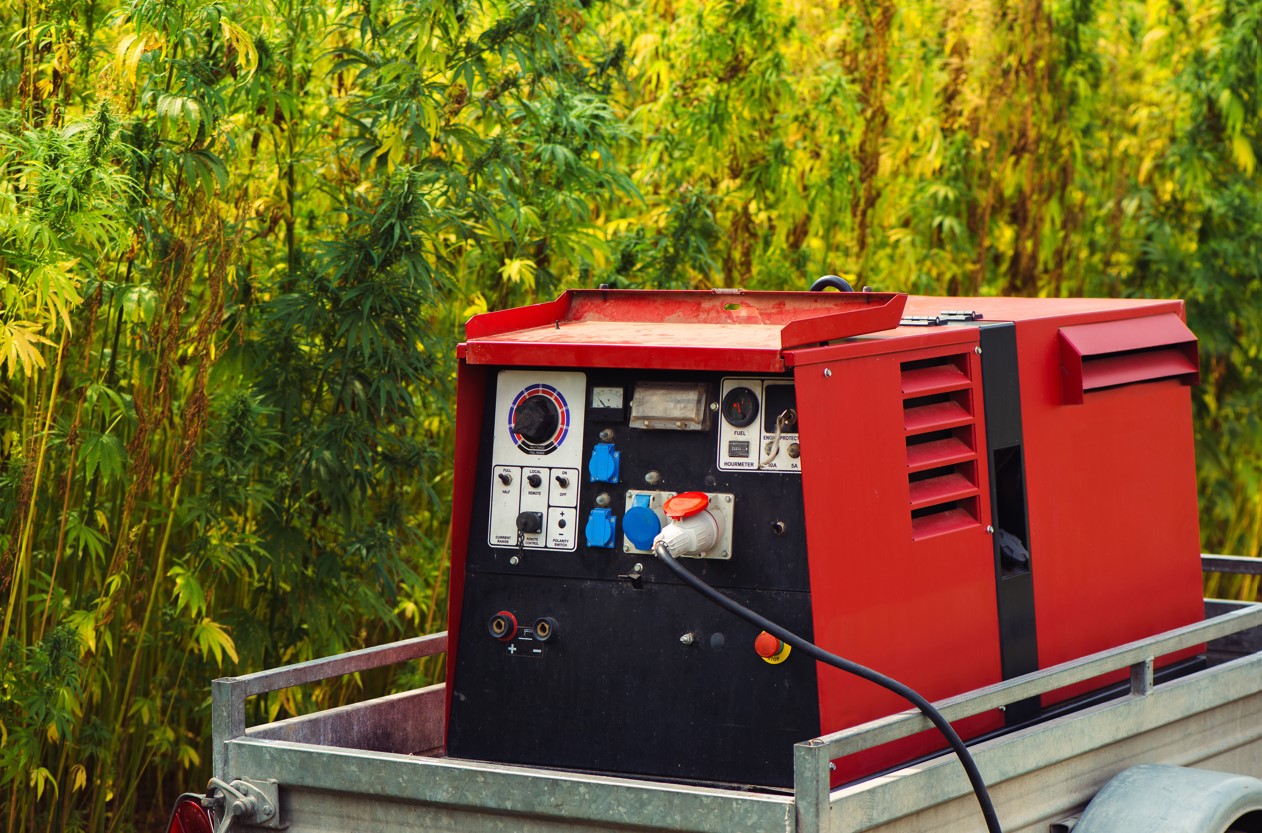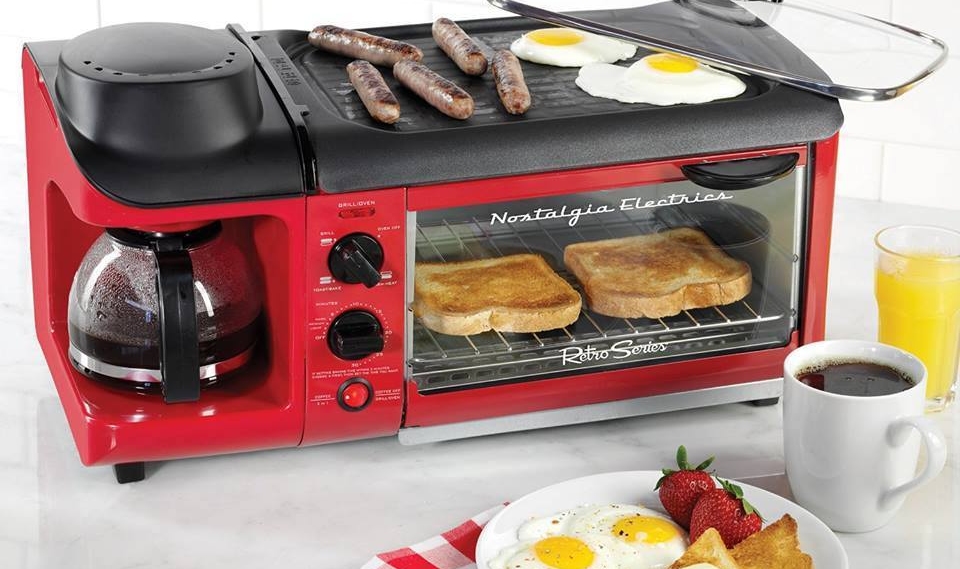7122Views 0Comments

How To Maintain A Generator And When You Should Hire A Professional
When a storm approaches or the power goes out now and then for other reasons, you are always glad to have a generator at your home or business that is operating properly. Yet like all other appliances, generators require regular maintenance to keep them functioning at their best. If you’re wondering what you will need to do to maintain your generator and when you’ll need to hire a professional for various tasks, here is all you need to know about generator maintenance.
Change its Oil
Just like you do with your motor vehicle, it is vital that you change your generator’s oil regularly to keep it operating at peak efficiency. For most generators, this means an oil change after every 100-200 hours of operation. While you can call on a professional to do this task for you, it’s actually one of the easier DIY maintenance tasks associated with generators.
Blog Title: How to Change the Oil in Your Power Generator
Gather Supplies
The first step in changing the oil in your generator is to gather all of the supplies you need for the job. You will need a wrench, an oil pan, a funnel, a new oil filter, and fresh oil (check the owner’s manual for specifications). Once you have all of these items on hand, you’re ready to begin.
Drain Old Oil
The next step is to drain the old oil from your generator. Start by placing your oil pan underneath the engine where the drain plug is located. Now use your wrench to unscrew and remove the drain plug so that the old oil can drain out into the pan. While waiting for it all of it to drain out completely, inspect the old plug for signs of wear or damage; if any exist, replace it with a new one before proceeding with the installation of new oil.
Install New Oil Filter & Refill with New Oil
Once all of the old oil has been drained from your generator, replace its old filter with a new one (again, check your owner’s manual for specific instructions). Then use a funnel to slowly pour fresh motor oil into your engine until it reaches its maximum capacity. At this point, you can go ahead and screw on the new drain plug as well as any other covers or caps needed before proceeding with testing out your newly serviced generator!
Clean the Generator
If you want to keep your generator in great shape and make sure you maximize its lifespan, make it a point to keep it clean on the inside and outside. On its inside, clean the rotors and stators, since they are the two main parts of your generator that create the electricity needed for operation. Also check your generator’s air filters each week for buildups of dirt, dust, and grime, even if you don’t use your generator very often. By doing so, you can probably avoid problems that result in the need for generator repair.
Keeping your power generator in top shape is essential for reliable electrical service during a blackout or other prolonged power outages. Regular cleaning and maintenance can help your generator run more efficiently, and prevent any potential problems from escalating into larger (and more expensive) repairs. Let’s take a look at the steps you should follow when cleaning your power generator.
Step 1: Put on Safety Gear
Safety should always come first when it comes to working with machinery, so make sure you wear safety glasses and gloves while cleaning your power generator. It’s also important not to wear loose-fitting clothing that could get caught in the generator’s moving parts.
Step 2: Remove Exterior Debris
Using a soft brush, remove any debris such as leaves or twigs that might have built up around the exterior of your generator. You can also use a garden hose to rinse away any dirt or grime that has accumulated on the outside of the generator. Be sure not to use a pressure washer, as this could damage delicate components of the machine.
Step 3: Check Fluid Levels
Check all fluid levels – including oil, coolant, and fuel – and top up as necessary with approved fluids from the manufacturer. If you need to replace any oils or coolants, be sure to consult your owner’s manual first for details on what type of fluids are best for your particular model of the power generator.
Step 4: Replace Air Filter & Spark Plug
Clean or replace the air filter if necessary; these elements tend to accumulate dust over time which can cause issues with performance down the line. You should also check and clean (or replace) the spark plugs in order to ensure that they generate an adequate spark for ignition when needed. Again, make sure you refer to your owner’s manual before making any replacements here as well!
Overall, keeping your power generator clean is relatively straightforward but essential if you want maximum performance out of it year after year. Make sure you follow all safety precautions when servicing it, and always refer back to your user’s manual when replacing fluids or spark plugs etcetera—this will help ensure optimal functioning and longevity for years to come!
Inspect Hoses, Pulleys, and Belts
Should your generator have hoses, belts, or pulleys that get worn out or break altogether, there is no doubt your generator will not work. Should you have a problem in this area, it is always recommended you call in professionals to handle these repairs and replacements. If you try to do this task and aren’t sure exactly what needs to be done, you can damage other components of your generator, creating an even bigger problem.
Gauges and Timer Readings
Finally, it is always important that your generator’s gauges and timer be checked to ensure they are in proper working order. Gauge and timer readings should also be recorded during all maintenance checks since doing so can give you an indication of a potential problem that may just be starting. For this maintenance task, always call on professional technicians, since specialized tools are needed to obtain correct readings.
Through a combination of completing some maintenance tasks yourself and also relying on professionals for more complex tasks, you can have a generator that is always ready the next time the power goes out at your home or business.


